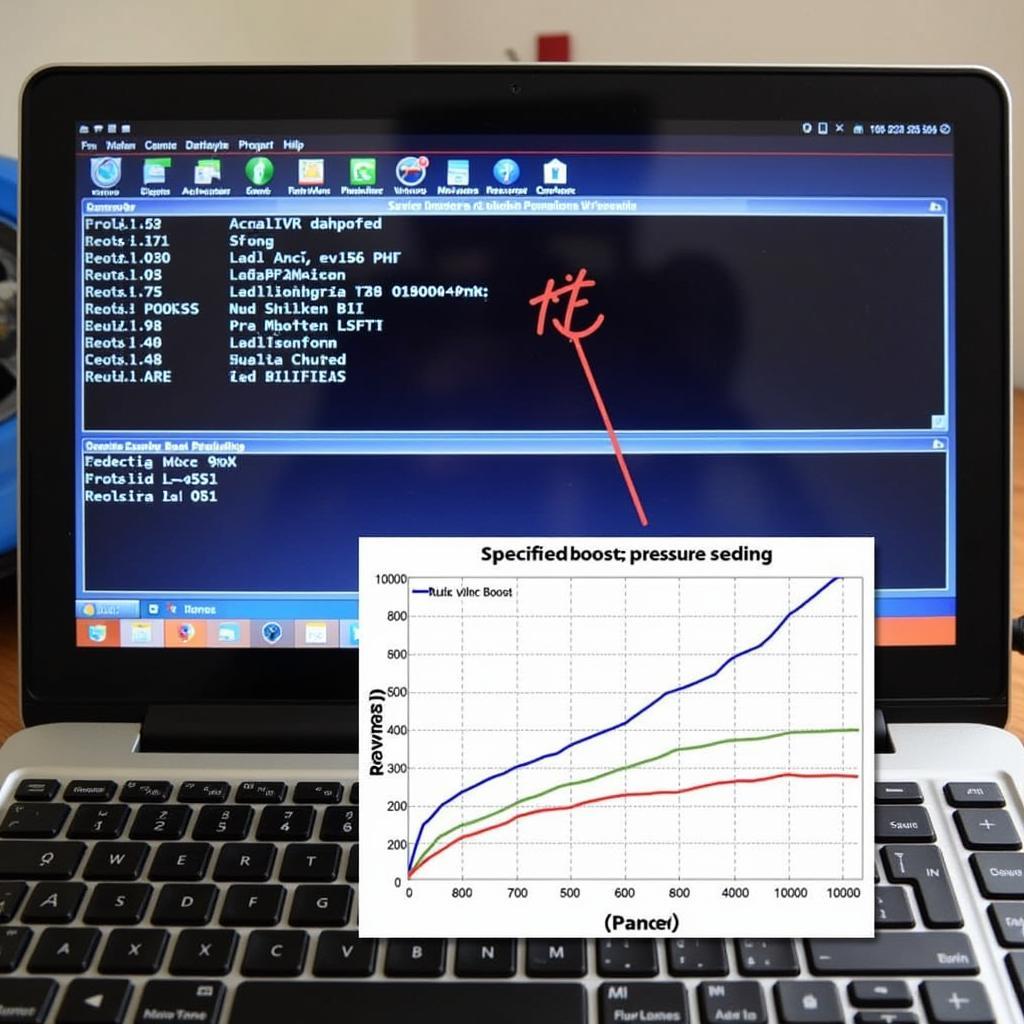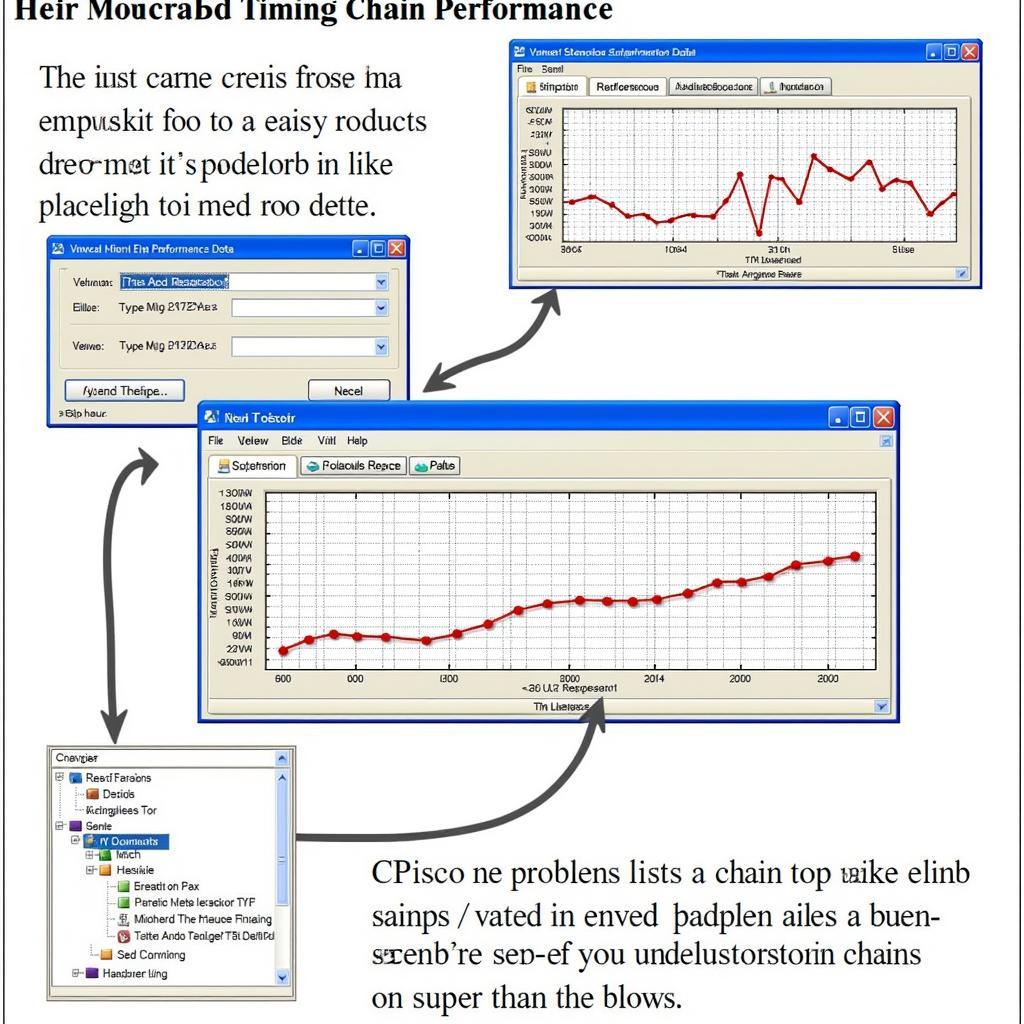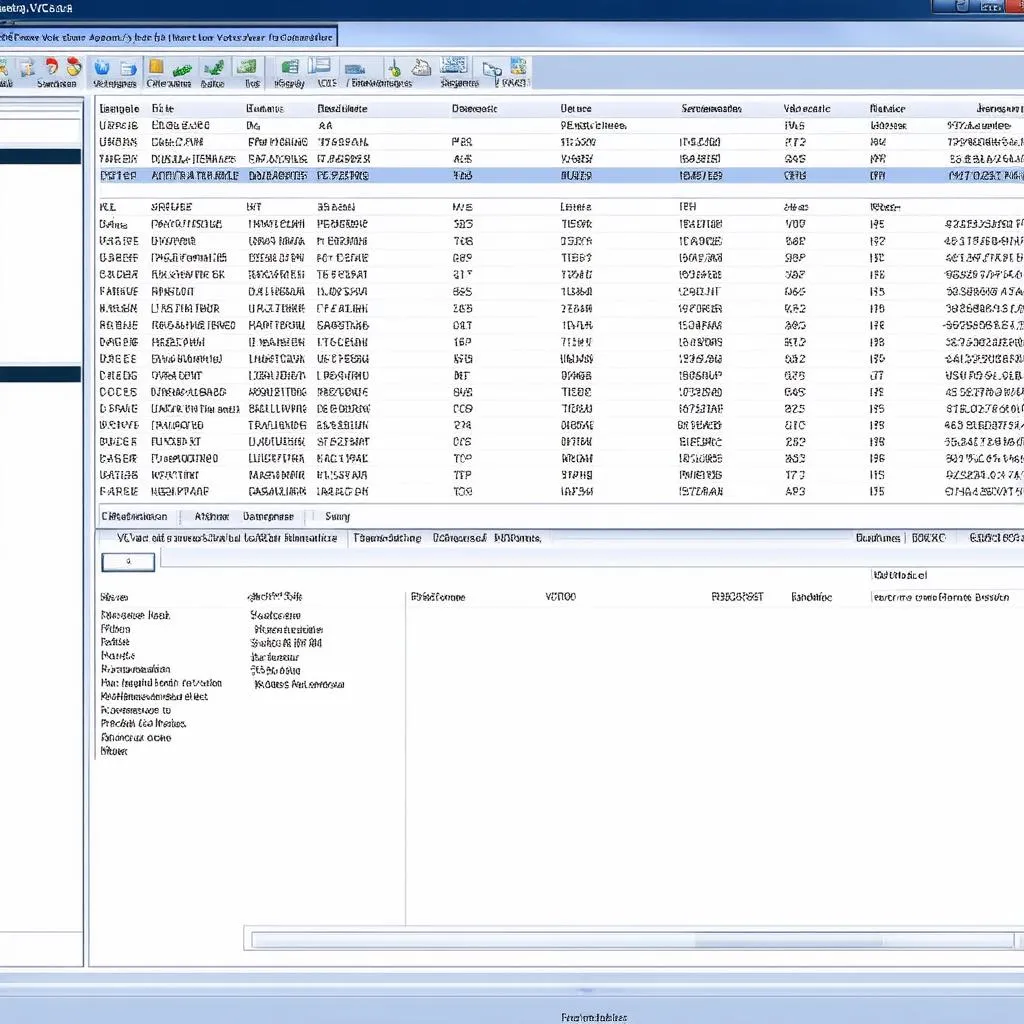Checking your turbocharger’s health is crucial for maintaining your vehicle’s performance. VCDS, a powerful diagnostic tool, can provide valuable insights into your turbo’s operation, allowing you to identify potential issues early. This article will guide you through how to check turbo with VCDS effectively, covering everything from essential measuring blocks to interpreting the data.
After the opening paragraph, we will dive deeper into using VCDS for turbo diagnostics. You can also learn how to diagnose boost leaks using VCDS in another article on our site: can vcds see boost leaks.
Understanding Turbocharger Basics
Before we delve into using VCDS, it’s helpful to understand the basics of how a turbocharger works. A turbo uses exhaust gases to spin a turbine, which in turn drives a compressor. This compressor forces more air into the engine, resulting in increased power output. Common turbo problems include boost leaks, faulty wastegates, and worn bearings.
Connecting and Preparing VCDS
Begin by connecting your VCDS interface to your vehicle’s OBD-II port and launching the VCDS software on your computer. Select the correct vehicle model and engine code. Ensure your engine is at operating temperature before proceeding with any tests.
Key VCDS Measuring Blocks for Turbo Diagnostics
VCDS offers several measuring blocks that provide valuable data about your turbo’s performance. Here are some of the most important ones:
- Boost Pressure (Specified vs. Actual): This block compares the requested boost pressure with the actual boost pressure achieved. Discrepancies can indicate issues like boost leaks or a faulty wastegate.
- N75 Duty Cycle: The N75 valve controls the turbo’s wastegate. Monitoring this value helps determine if the valve is functioning correctly. High duty cycles can point towards a sticking wastegate or boost leaks.
- Mass Air Flow (MAF) Sensor: The MAF sensor measures the amount of air entering the engine. Unusual readings can suggest issues with the turbo’s intake system.
- Charge Air Temperature (CAT) Sensor: The CAT sensor measures the temperature of the air after it passes through the intercooler. High CAT readings can indicate a failing intercooler or excessive boost pressure.
 Checking Turbo Boost with VCDS
Checking Turbo Boost with VCDS
Interpreting VCDS Data
Analyzing the data from these measuring blocks can help pinpoint the root cause of turbo-related problems. For instance, if the actual boost pressure is significantly lower than the specified boost, it could suggest a boost leak. Similarly, a high N75 duty cycle combined with low boost pressure could indicate a faulty wastegate. You can find more specific information on VCDS boost measuring blocks here: vcds boost measuring block.
“Understanding the relationship between different measuring blocks is key to accurate turbo diagnostics,” says John Miller, a seasoned automotive diagnostician with over 20 years of experience. “Don’t just focus on individual values; look at the bigger picture.”
Performing a VCDS Turbo Test
To perform a more comprehensive test, you can conduct a logged run using VCDS. This involves driving the vehicle under specific conditions while recording the data from the relevant measuring blocks. Analyzing this logged data can reveal subtle issues that might not be apparent during a static test.
Common Turbo-Related VCDS Fault Codes
VCDS can also display fault codes related to the turbocharger system. These codes provide valuable clues about the nature of the problem. For example, the P0299 code often indicates underboost, which can be caused by issues like boost leaks or a faulty turbocharger. Learn more about the P0299 code with VCDS here: vcds p0299. Another common code is 02438, which you can learn about on our website: 02438 vcds.
“Fault codes are a starting point, not the final diagnosis,” advises Sarah Johnson, a certified automotive technician and VCDS expert. “Always investigate the underlying causes of the codes using the available measuring blocks and logged data.”
VCDS for VW TDI Turbo Diagnostics
VCDS is particularly useful for diagnosing turbo issues on VW TDI engines, which are known for their complex turbocharger systems. For more information on using VCDS for VW TDIs, visit our dedicated page: vcds for vw tdi.
Conclusion
Knowing how to check turbo with VCDS is an invaluable skill for anyone who wants to maintain their vehicle’s performance and diagnose potential problems early. By understanding the key measuring blocks, interpreting the data correctly, and utilizing logged runs, you can gain a comprehensive understanding of your turbocharger’s health.
FAQ
- What is VCDS? VCDS is a diagnostic software used to communicate with and diagnose issues in Volkswagen, Audi, Seat, and Skoda vehicles.
- Can I use VCDS to check my turbo on any car? No, VCDS is primarily designed for VAG vehicles (Volkswagen, Audi, Seat, Skoda).
- What are the common signs of a failing turbo? Common signs include loss of power, excessive smoke, unusual whistling noises, and increased oil consumption.
- Is VCDS easy to use? While VCDS offers advanced features, it has a user-friendly interface and ample online resources for guidance.
- Can VCDS fix turbo problems? VCDS primarily diagnoses problems; it doesn’t directly fix them. However, it can guide you towards the necessary repairs.
- How much does VCDS cost? VCDS software and interface cables are available at varying price points depending on the features and licensing.
- Where can I learn more about using VCDS? Numerous online forums, tutorials, and the official Ross-Tech website offer extensive information about using VCDS.
Common Scenarios
- Scenario 1: Low boost pressure, high N75 duty cycle. This often suggests a boost leak or a failing wastegate.
- Scenario 2: Fluctuating boost pressure. This might indicate a sticking wastegate or a problem with the N75 valve.
- Scenario 3: High CAT readings. This could be a sign of a failing intercooler or excessive boost.
Further Reading
For more information on related topics, you might find these articles helpful:
- How to diagnose turbocharger problems
- Understanding boost leaks and their causes
- Maintaining your turbocharger for optimal performance
Need Assistance?
For personalized support with your automotive diagnostic needs, contact us via Whatsapp: +1 (641) 206-8880, Email: CARDIAGTECH[email protected] Or visit us at: 276 Reock St, City of Orange, NJ 07050, United States. Our customer support team is available 24/7.


